One thing that rings true for most Coloradans is that we love the outdoors—it’s hard when you face the majesty of the Rocky Mountains everyday. From day hikes to multi-day excursions, from lake fishing to river rafting, rock climbing to tent camping, hunting to skiing and much more, the Rockies offer it all. It’s hard to feel like anything could go wrong when you’re surrounded by the fresh mountain air, the sweet smell of pines, the soothing rush of a creek—under a breathtaking watercolor sky. But things do go wrong.
The mountains are as dangerous as they are beautiful, filled with powerful creatures and the unpredictable elements of mother nature. When you’re in the forest, you’re a guest in foreign territory. The animals and the elements will always have an advantage over you even when all is calm. Should you ever find yourself in an unexpected situation in the forest your chance of survival will increase exponentially if you are prepared with the right equipment and the right mental attitude. We’ve created a list for our readers who enjoy spending time in the mountains as much as we do, so you will hopefully feel ready for anything on your next adventure.
How to Be Prepared
Having the the proper knowledge and equipment prior to finding yourself in a wilderness emergency is the key to overcoming it. It’s easy to talk yourself out of buying gear that (if you’re lucky) you may never use, and as tempting as it is to continue to tell yourself “that will never happen to me,” it’s safer and smarter to always assume that it will happen to you. It could happen on a trail that you hike once a week and it could happen at the campsite you visit every year. Understanding that there is a chance you could end up in a life-threatening position is the first step to preparing yourself to survive it. Here are some ways to best prepare yourself for a wilderness emergency:
- Tell someone — Before you begin your adventure tell your friends or family at home where you are going and how long you will be gone, whether it’s for a couple of hours or a couple of days. If you’re lost in the woods, but nobody knows when you were supposed to come back, no one will know to look for you. If you did tell someone how long you would be gone, but you didn’t tell them where you would be, they won’t know where to start the search, thus wasting crucial time in locating you.
- Leave a note on the dashboard of your car — Another smart method is to leave a note on the dashboard of your vehicle before you venture off. Write down your first name, where you’re planning on going and when you plan to come back. If your friends and family at home don’t realize you’re late returning, a park ranger or a good samaritan might just wander passed your car.
- Research your destination — Before you leave, do an extensive amount of research on the area in which you will be adventuring. Know what types of animals you could encounter, know what the terrain will be like, print and familiarize yourself with a map of the area and make yourself aware of what the weather is forecasted to be. Even if it’s an area that you’ve visited a hundred times, bring a map. You never know when you might get turned around.
- Build an emergency kit — Have a bag that is ready to go and filled with all the equipment you will need in an emergency situation. Keep it in your car on road trips, easily accessible at the campsite and on your hip whenever you’re moving through the mountains. How to put together an emergency kit will be discussed further in the article.
- Know your gear — Once you’ve built yourself an emergency kit, familiarize yourself with your gear. Know how and when to use it. Bring instructions for certain equipment if you don’t feel like you know it well enough off memory.
Wear the Right Clothing
The shirt on your back is more than just clothing, it’s survival gear as well. It’s actually the first layer of protection that you have. It’s important to wear materials that could protect you from the elements in an emergency situation. When it comes to dressing smart in the wilderness, it’s all about fabric and layering.
- Number one rule: Never, ever wear cotton. When cotton gets wet, via rain or sweat, it stays that way. If you can’t get dry once the sun goes down you’re going to lose a critical amount of body heat, running the risk of hypothermia. All of your adventure clothing should be combinations of spandex, polyester, wool or fleece.
- The first layer — The layer of clothing against your skin should be spandex, polyester, or a combination of the two (anything synthetic). When you sweat, this material will wick away the moisture, unlike cotton which traps the moisture. Staying dry is key.
- The second layer — This layer would be what you put on when you start to get chilly. These garments should be fleece or another type of synthetic material. You can buy fleece or polyester pants. Never wear denim or cotton.

- The third layer — This layer includes jackets and sweaters. It’s important that your outermost layers are windproof and waterproof. Moisture and wind will steal away body heat.
- Head, hands and feet — These areas of your body gain and lose heat the fastest. Your hands are especially important. If they become too cold you may lose your fine motor abilities, and it’s very hard to set up a shelter or start a fire when you can’t feel your fingers. Always have a pair of synthetic (fleece or wool) gloves handy. Wool socks are always advisable. They protect your shins and ankles from cuts and scratches while hiking, and they will keep your feet warm in exceptionally low temperatures.
Have the Essentials
There are some things that you should never go on a wilderness adventure without. Here are a few items that you should always carry with you.
- Means of protection — Consider bear mace, knives and other weapons you’re comfortable with that will protect you from animals and any other threatening visitors.
- Means of navigation — Consider a compass, a map of the area, or a GPS device.
- Bring your cell phone — While it seems counter-intuitive to take your smartphone, because while you’re trying to unplug and connect with nature, your cell phone could save your life. Even if your phone displays the dreaded “no service,” you can place an “emergency call” without any bars. Cell towers nearest you will make a 9-1-1 call their first priority and could possibly connect you to an operator. That being said, a solar powered phone charger is a worthy consideration as well.
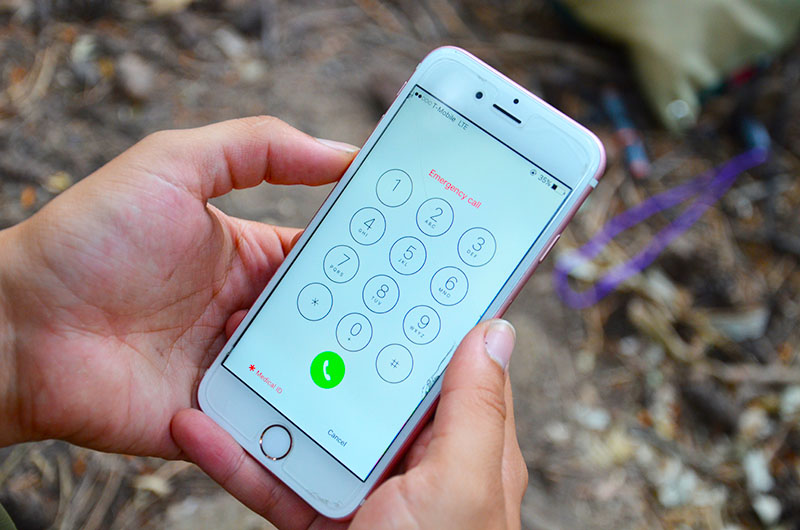
How to Build Your Emergency Kit
Your emergency kit should be lightweight (no more than 10 pounds), always accessible and contain everything you need to survive an unexpected night(s) in the wilderness. Your emergency kit should contain equipment that will help you address your three biggest concerns in an emergency — shelter, water and warmth. It should also contain first aid and means of signaling for help.
- Have three ways to create a fire — Your kit should contain at least three ways to create a fire. Consider including a lighter, matches and a fire striker (used to generate a spark). Also, consider having ready-made tinder (flammable material). This is helpful when you’re in a situation where available tinder is either hard to come by or wet. Cotton balls soaked in vaseline make for easy-to-light tinder and burn for two to three minutes allowing you ample time to apply sticks and twigs.
- Means of shelter — Your best bet for shelter will be a tarp of some sort to block wind and moisture. Sometimes rather than hanging or draping something to create a shelter, it’s better to wrap yourself in it to trap warmth. Consider a large versatile poncho, a “space blanket” (a light metal-coated sheet designed to retain heat) or a tarp.
- Have two ways to purify water — Your kit should contain at least two ways to purify water. Consider a water pump (though clunky and heavy), a steriPEN (a tool that uses ultraviolet light to kill bacteria) or iodine tablets.
- First aid — Consider a prefabricated first aid kit which usually contains antiseptic wipes, bandages, gauze, pain relief and more. Also consider QuikClot, which is a hemostatic agent that quickly stops blood loss, for serious injuries.
- Means of signaling for help — Consider a signaling mirror, flares and a whistle.
- Others — Other important tools that could be crucial in a life-threatening situation include a flashlight, chapstick, sunscreen and a granola bar (or some type of emergency food source).
What to Do When An Emergency Situation Happens
So you’ve found yourself in a terrifying wilderness situation and you have all of your equipment, now what? Here is what you should do:
- Accept the situation — Go ahead and panic, just for a second. You’re in a startling situation and you need your mind as clear as possible. Allow yourself to mentally accept what has happened. If you continue to assure yourself that you know where you’re at, that you have plenty of daylight, that things aren’t as bad as they are, then you’re wasting valuable time. The second you realize you don’t know where you’re at, begin planning your survival.
- Find shelter and warmth — Don’t wait until it’s dark and cold to build a shelter or a fire. Begin building the moment you realize you might have to spend an unexpected amount of time in the wilderness. It’s tempting to walk just a little bit further in hopes that you’ll stumble across camp, but don’t waste energy or time.
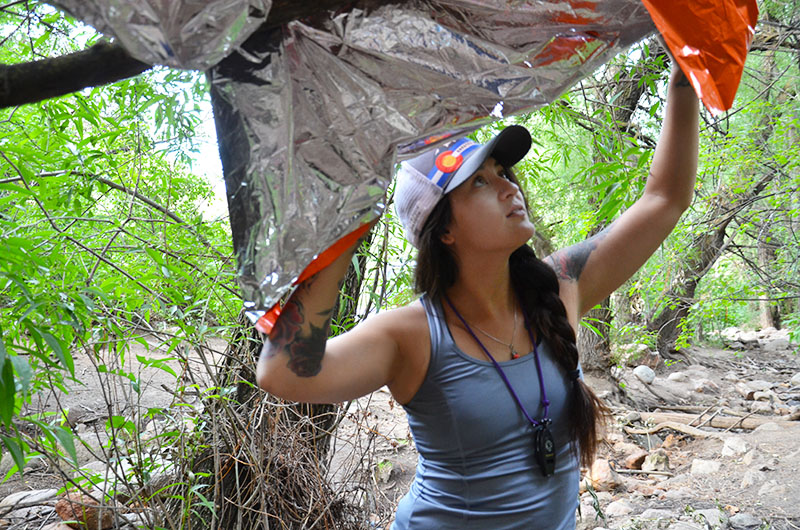
- Stay put — You might want to be proactive and begin trying to find your own way back to camp or your vehicle, but it’s better to stay put. If you wander away from the area you were last known to be at it will be harder for a rescue team to find you. As long as you have told someone where you were going to be and for how long, you can count on a rescue team. Sit tight, conserve energy and signal for help.
Finding yourself stranded in the wilderness is a daunting thought, but the better you can prepare yourself, the better your chances are of not only surviving, but thriving. Hopefully with these tips in mind you can more confidently explore the beauty of the state that surrounds you.
SOURCES: REI checklist, “Surviving a Wilderness Emergency” by Peter Kummerfeldt





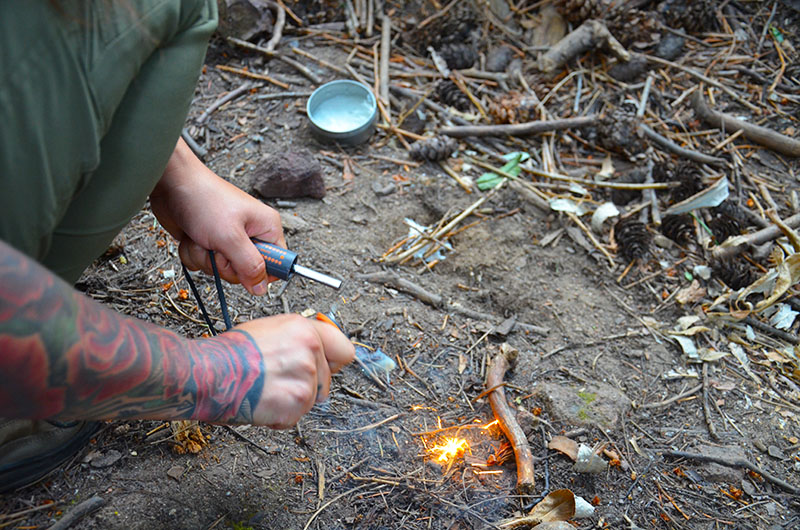
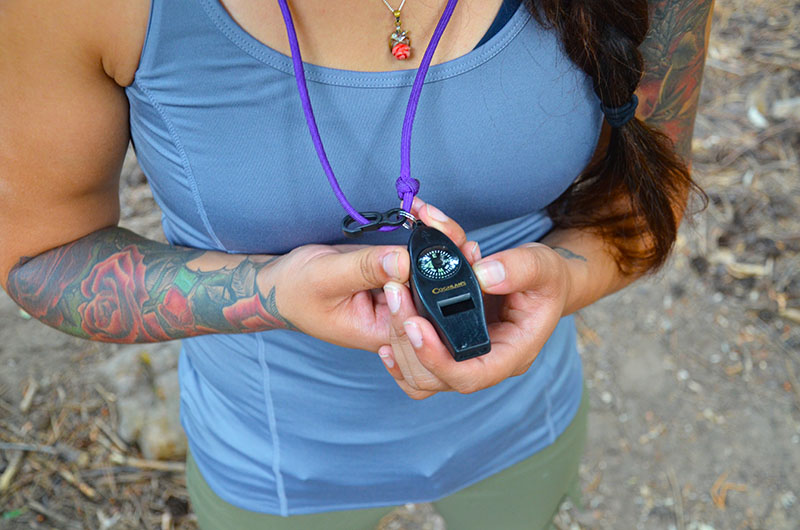
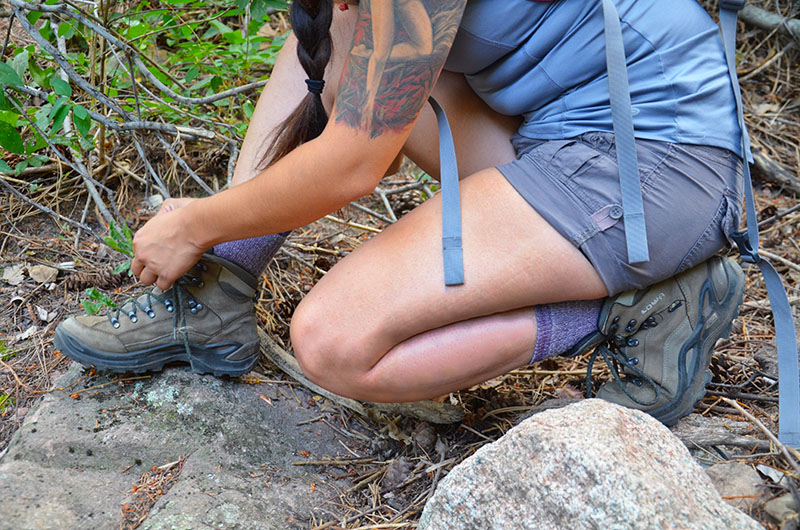

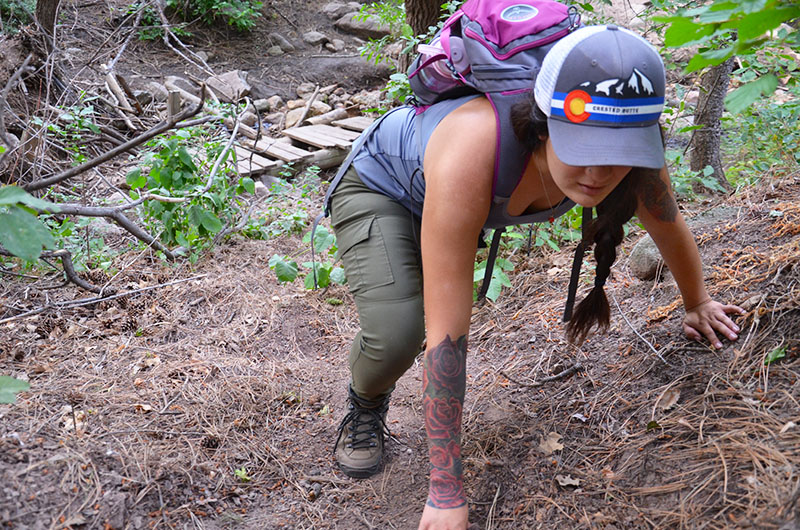
Nice article with lots of good advice. I could nitpick but all in all this is a nice job. I plan to write a review (with my nitpicks 🙂 at: http://www.adirondacktrailsandlodging.org/actls-blog
Keep up the good work.
Overall a darn good article, couple of things I might disagree with but overall a really helpful primer for someone need tips. Well written and not at all dry and dull.
Thank you for the good content and pictures.
I noticed that you haven’t listed any form of Knife or Multitool. This is a must have in your kit as it has so much to offer!
Great article, it was fun to read and reminded me to pack handwarmers. Thats the one thing I always forget to bring!